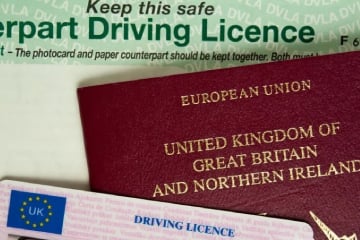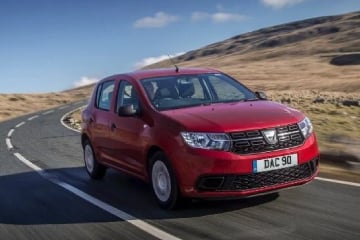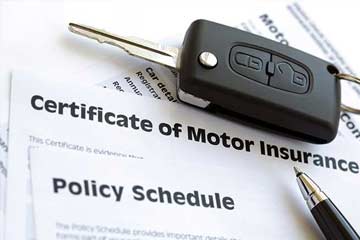- Your car is on finance - your payout may not be enough to clear the debt. This could leave you paying for a car you no longer have.
- You want a newer car if yours is written off or stolen. Gap insurance covers the difference between what you originally paid for the car, and the current market value.
- You'd like to guarantee you get the same amount that you originally paid in the event of a total loss.
Do I need gap insurance?
It depends on your circumstances. You can buy gap insurance for new or second-hand cars up to 10 years old. It's a common misconception that it's only used for financed cars.
What doesn't gap insurance cover?
Most policies don't cover:
- Cars with a purchase price of over £75,000 (unless they have an approved tracking device)
- Vehicles over 10 years old
- Any vehicle not shown in Glass's Guide
- Vehicles that have driven more than 100,000 miles when you go to buy the policy
- Any person driving who is not covered as a named driver on your comprehensive insurance
-
Taxis, private hire vehicles, cars and vans used for any other type of ‘hire and reward'
- Vehicles used for racing, rallying or any other competitive event
- Theft committed by anyone you've given your car keys to
- Drivers under 18 years old
- Drivers without a full UK or EU driving licence
For more detailed and further exclusions, always check the policy documents.





